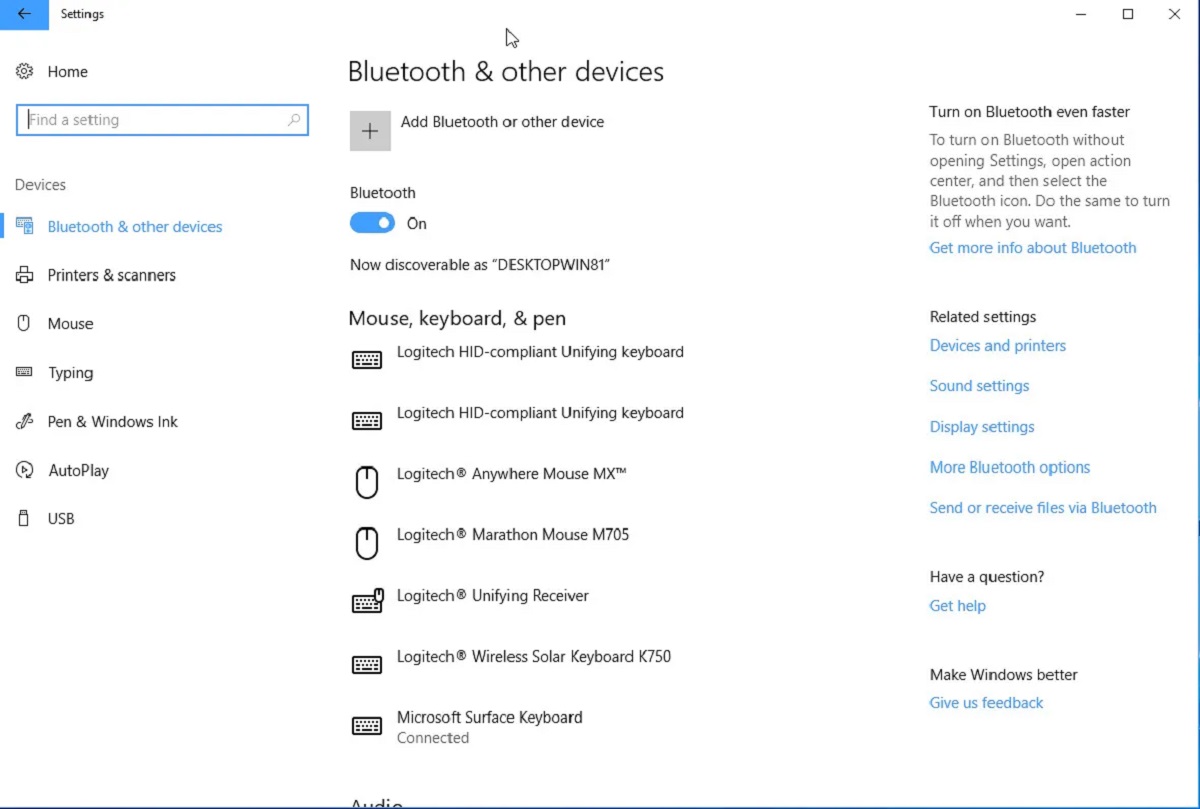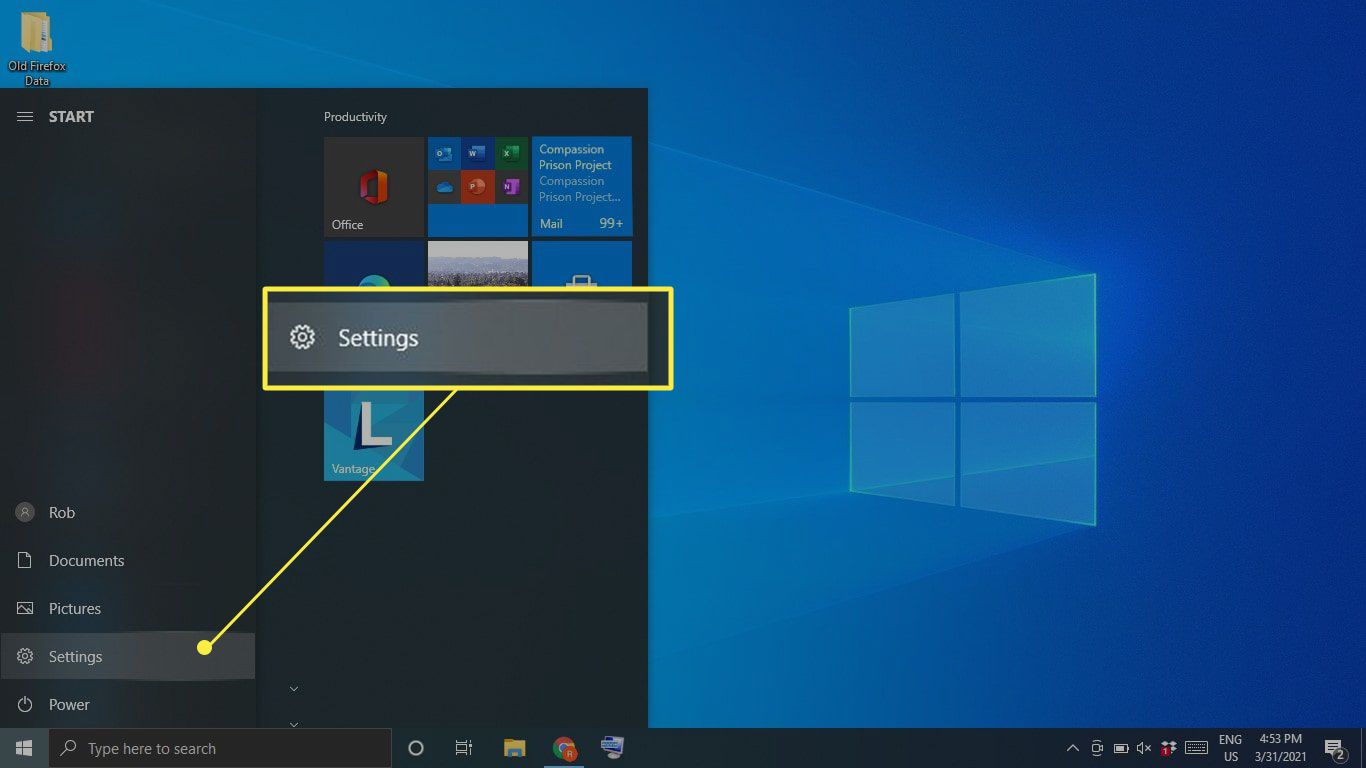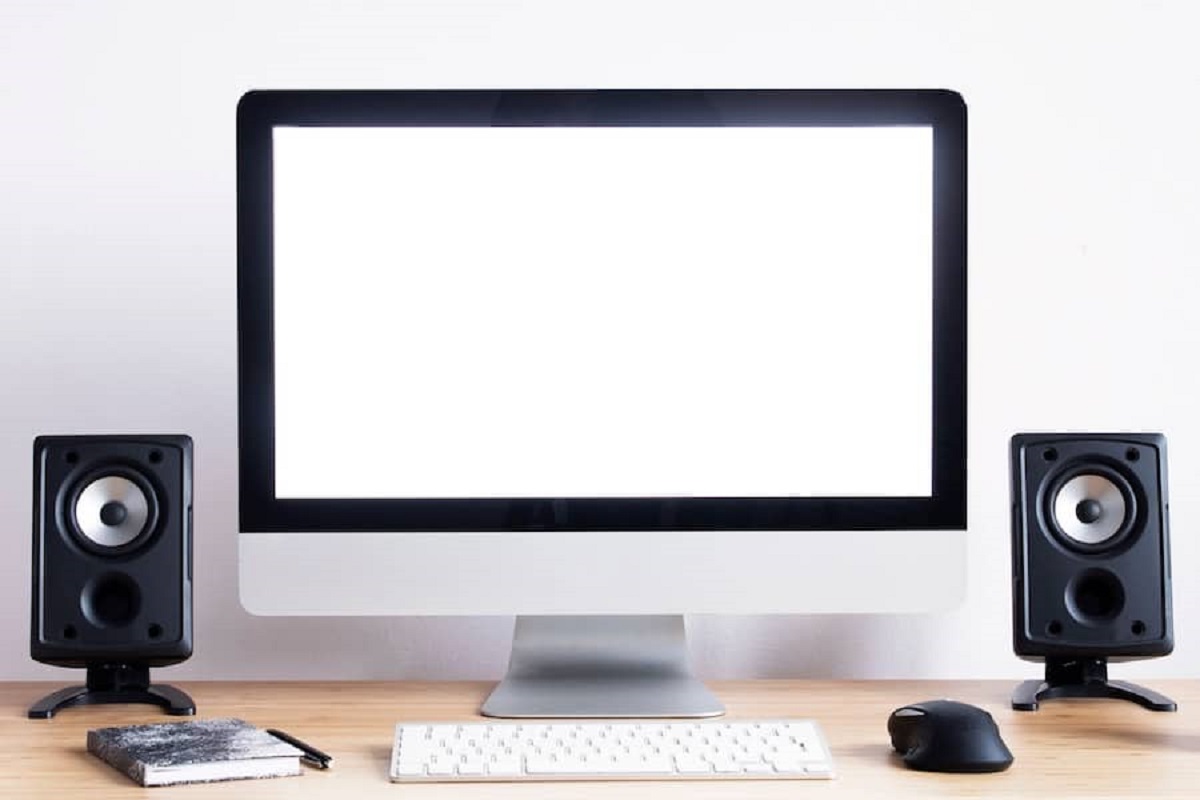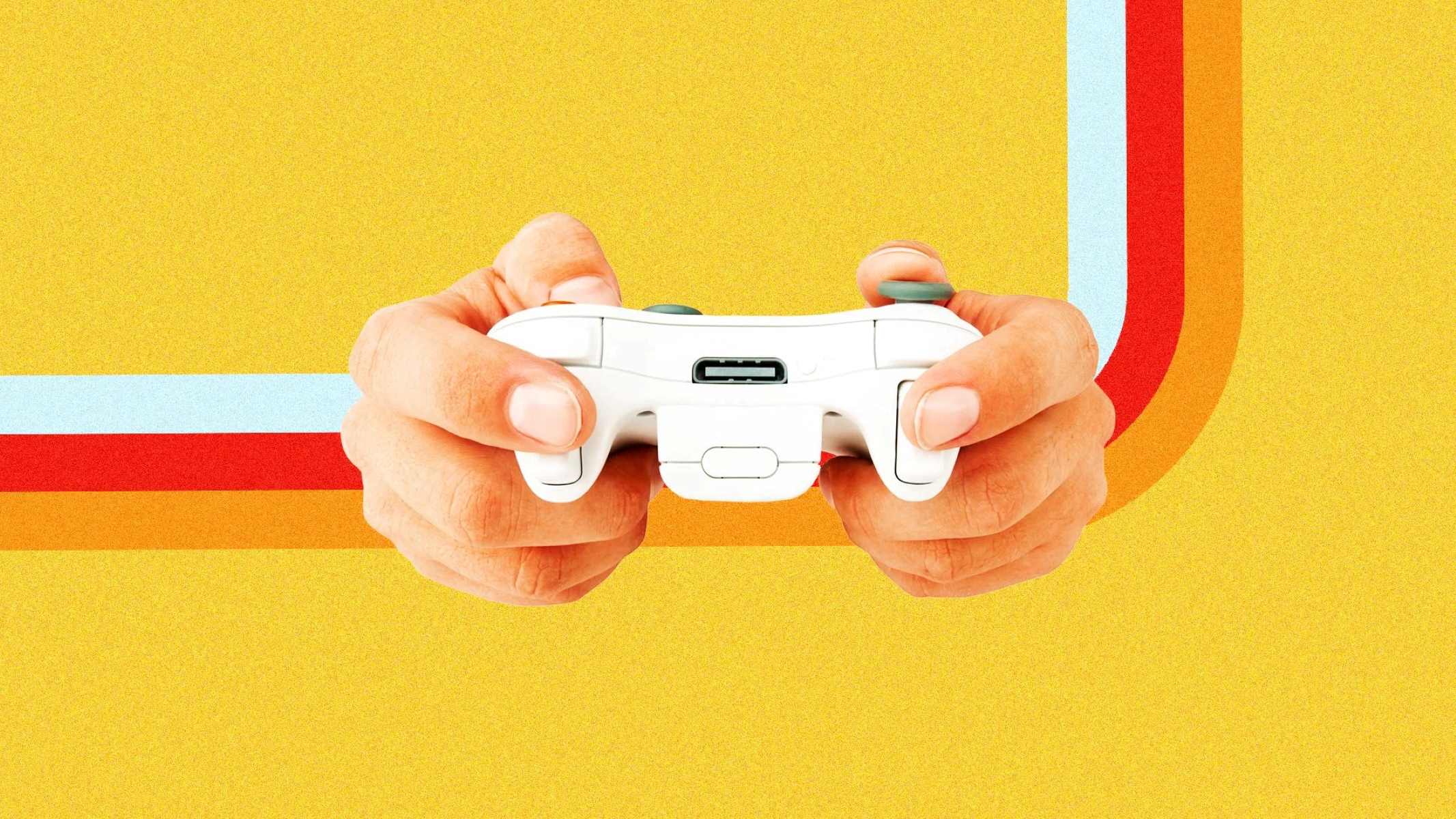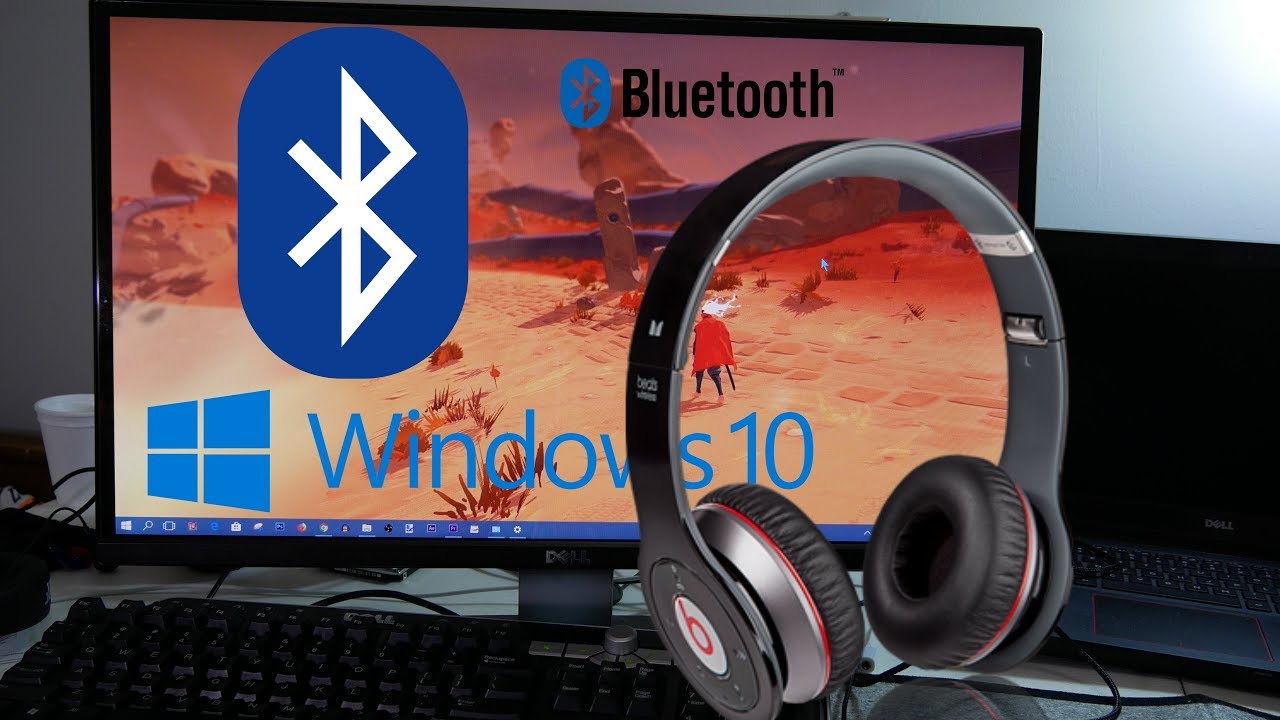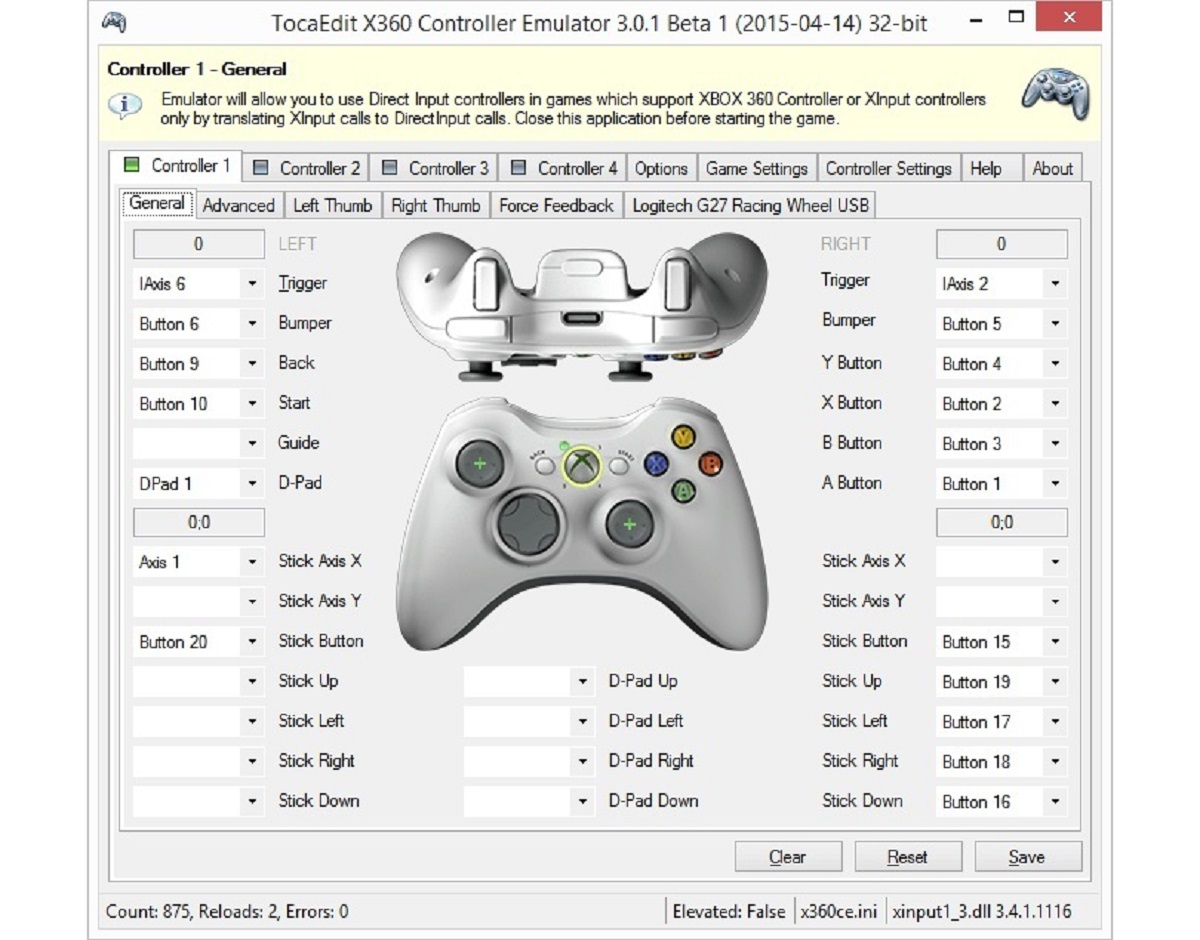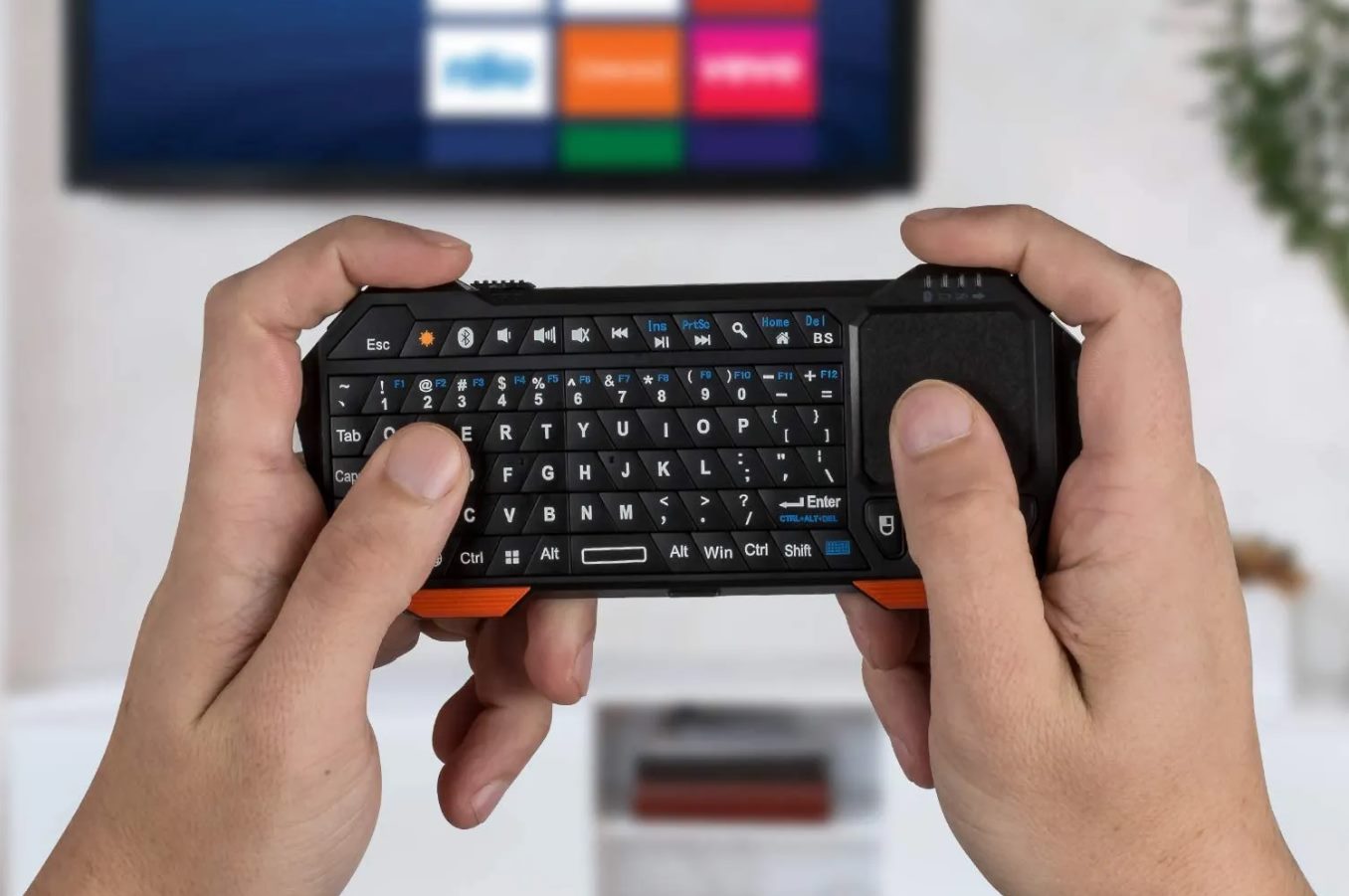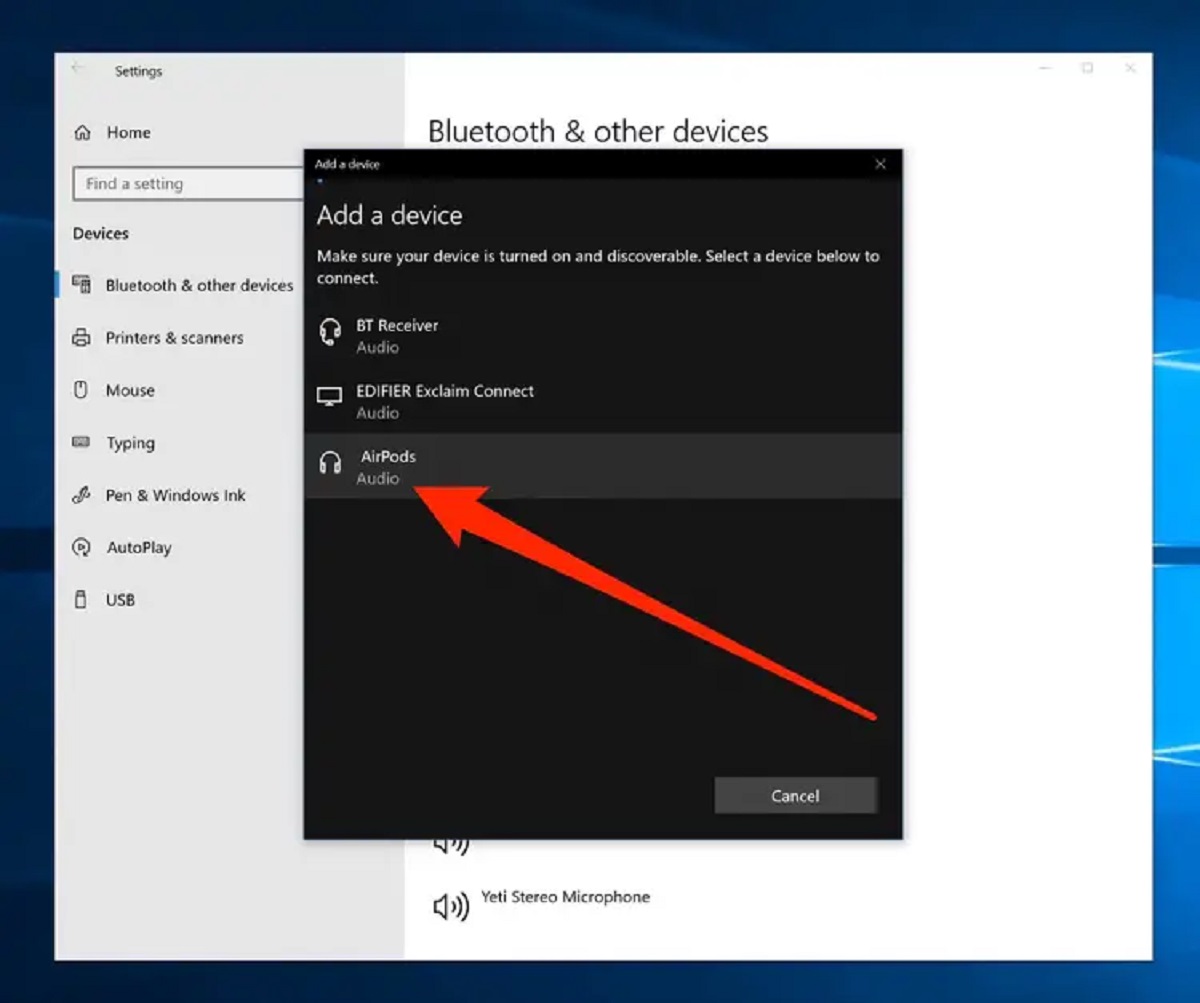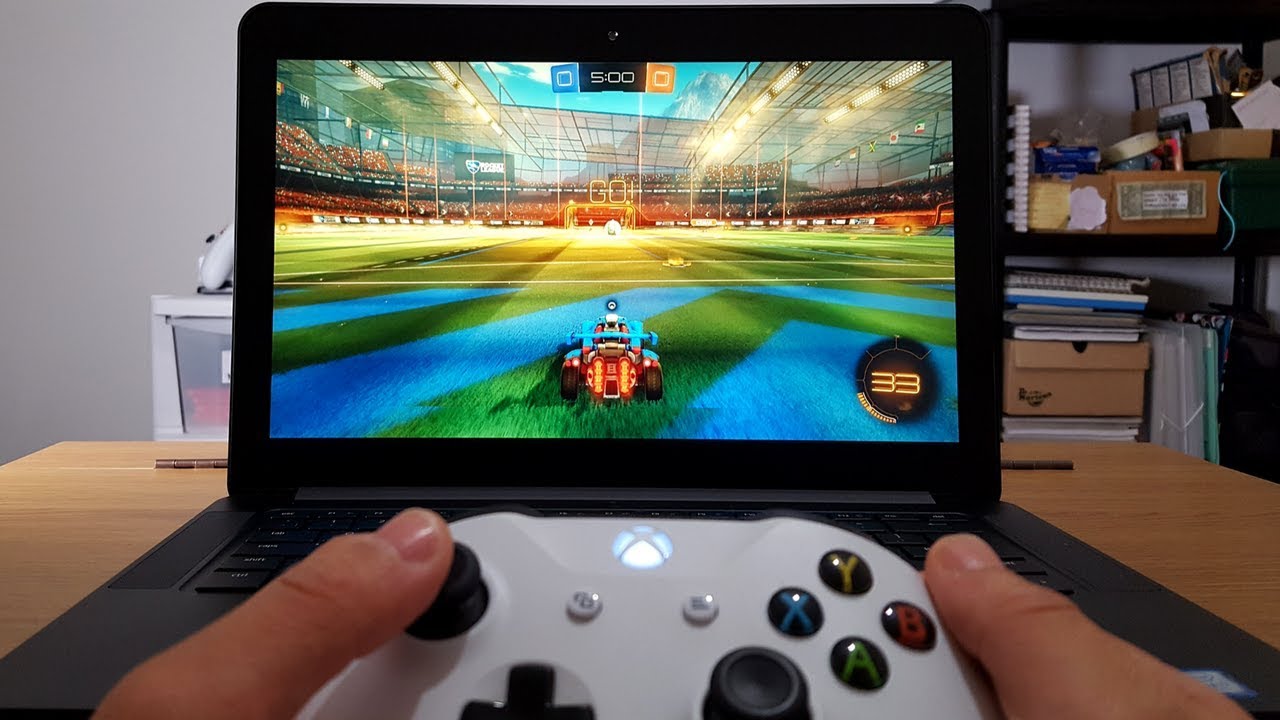Introduction
Welcome to this guide on how to turn on Bluetooth on your PC. Bluetooth technology has become an essential feature in our digital lives, allowing us to connect and transfer data wirelessly between devices. Whether you want to pair your wireless headphones, sync your smartphone, or transfer files with ease, having Bluetooth enabled on your PC is a convenient and versatile option.
This guide will walk you through the process of enabling Bluetooth on different versions of Windows, including Windows 10, Windows 8 and 8.1, and Windows 7. Additionally, we will cover the steps to connect Bluetooth devices once you have enabled it on your PC. Finally, we will provide some troubleshooting tips to help resolve common Bluetooth connectivity issues.
Before we delve into the instructions, it is important to note that not all computers come with built-in Bluetooth capability. Some older models or budget laptops may not have the necessary hardware. If this is the case, don’t worry; we will also guide you on how to check if your PC has Bluetooth capability.
So, whether you want to stream music wirelessly, use wireless peripherals, or transfer files effortlessly, keep reading to learn how to turn on Bluetooth on your PC!
Why Turn Bluetooth On PC?
Bluetooth technology offers a multitude of benefits and conveniences when it comes to using your PC. Here are a few compelling reasons why you should turn on Bluetooth on your PC:
- Wireless Connectivity: Bluetooth allows for wireless communication between your PC and other Bluetooth-enabled devices. This eliminates the need for messy cables and streamlines your setup.
- Peripheral Devices: Bluetooth enables you to connect various peripheral devices to your PC, such as wireless headphones, speakers, keyboards, mice, and game controllers. This provides a clutter-free workspace and enhances your overall computing experience.
- File Transfer: With Bluetooth enabled, you can easily transfer files wirelessly between your PC and other devices. This is especially useful when you need to transfer photos, videos, documents, or any other files without the hassle of cables or proprietary software.
- Smartphone Integration: By turning on Bluetooth on your PC, you can establish a seamless connection with your smartphone. This allows you to sync data, receive notifications, and even make calls directly from your computer.
- Audio Streaming: If you want to enjoy your favorite music, podcasts, or videos without the constraints of wired headphones or speakers, enabling Bluetooth on your PC is the way to go. You can easily pair your wireless headphones or speakers for a tangle-free listening experience.
Whether you’re a student, professional, or casual user, having Bluetooth enabled on your PC opens up a world of possibilities and enhances your productivity and entertainment options. With the ability to connect a wide range of devices, transfer files on the go, and streamline your workflow, Bluetooth is a must-have feature for any PC user.
Now that you understand the various benefits of turning on Bluetooth on your PC, let’s move on to the next section, where we will guide you on how to check if your PC has Bluetooth capability.
Checking Bluetooth Capability
Before enabling Bluetooth on your PC, it’s important to check if your computer has built-in Bluetooth capability. Here are a few methods to determine if your PC supports Bluetooth:
- Device Manager: One way to check for Bluetooth capability is by accessing the Device Manager on your PC. To do this, right-click on the Start menu and select “Device Manager”. Look for a category called “Bluetooth” or “Bluetooth Radios”. If you see any Bluetooth devices listed, it means your PC has built-in Bluetooth capability.
- PC Specifications: Another method is to check your computer’s specifications. You can usually find this information in the user manual or on the manufacturer’s website. Look for wireless connectivity features or Bluetooth technology mentioned in the specifications.
- System Settings: On some PCs, you can check for Bluetooth capability directly in the system settings. Go to the “Settings” menu, then look for a category named “Bluetooth” or “Bluetooth & other devices”. If you see this category, it means your PC has Bluetooth capability.
- External Bluetooth Adapter: If you discover that your PC does not have built-in Bluetooth, don’t worry! You can still enjoy Bluetooth functionality by using an external Bluetooth adapter. These adapters can be plugged into a USB port on your PC and provide Bluetooth connectivity.
Remember that not all PCs come with built-in Bluetooth, especially older models or budget laptops. However, the availability of external Bluetooth adapters ensures that you can still enjoy the benefits of Bluetooth connectivity on your PC.
Now that you’ve determined whether your PC has built-in Bluetooth capability or if you need to use an external adapter, it’s time to move on to the next section, where we will guide you on how to enable Bluetooth on different versions of Windows.
Enabling Bluetooth on Windows 10
If your PC is running on Windows 10, enabling Bluetooth is a straightforward process. Follow these steps to turn on Bluetooth:
- Click on the Start menu and select the “Settings” icon, which is represented by a gear icon.
- In the Settings window, click on the “Devices” option.
- In the left sidebar, click on the “Bluetooth & other devices” tab.
- Toggle the switch under the “Bluetooth” section to turn on Bluetooth.
- Your PC will now start scanning for nearby Bluetooth devices. Once it detects a device, click on it to establish a connection.
That’s it! You have successfully enabled Bluetooth on your Windows 10 PC. You can now start connecting and pairing Bluetooth devices, such as headphones, speakers, keyboards, and more.
It’s worth mentioning that on Windows 10, you can also access the Bluetooth settings directly from the Action Center. To do this, click on the notification icon located on the bottom right corner of your taskbar. From the panel that appears, click on the Bluetooth toggle to turn it on or off.
If you encounter any issues while enabling Bluetooth on Windows 10, make sure to check that your Bluetooth device is in pairing mode and that it is compatible with your PC. If the problem persists, you may need to update your Bluetooth drivers or consult the manufacturer’s support website for further assistance.
Now that you know how to enable Bluetooth on Windows 10, let’s proceed to the next section, where we will guide you on how to enable Bluetooth on Windows 8 and 8.1.
Enabling Bluetooth on Windows 8 and 8.1
If you’re using a PC running on Windows 8 or 8.1, here’s how you can enable Bluetooth:
- Press the Windows key + C or swipe in from the right side of the screen to access the Charms menu.
- Click on the “Settings” charm and then select the “Change PC settings” option at the bottom.
- In the PC Settings window, click on “PC and devices” and then select “Bluetooth”.
- Toggle the switch under “Bluetooth” to turn it on.
- Your PC will begin searching for nearby Bluetooth devices. Once it detects a device, click on it to establish the connection.
After following these steps, Bluetooth will be successfully enabled on your Windows 8 or 8.1 PC, and you can start connecting and pairing Bluetooth devices.
It’s important to note that the process may vary slightly depending on the device manufacturer or specific Windows 8/8.1 version you are running. If you encounter any difficulties, refer to the user manual provided with your PC or visit the manufacturer’s support website for further guidance.
Now that you know how to enable Bluetooth on Windows 8 and 8.1, let’s move on to the next section, where we will guide you on how to enable Bluetooth on Windows 7.
Enabling Bluetooth on Windows 7
If you are using a PC running on Windows 7, here is how you can enable Bluetooth:
- Click on the Start button and select “Control Panel.”
- In the Control Panel window, click on “Hardware and Sound.”
- Under the “Devices and Printers” section, click on “Device Manager.”
- In the Device Manager window, look for a category called “Bluetooth Radios” or “Bluetooth.” If you see any Bluetooth devices listed, it means your PC has built-in Bluetooth capability.
- If you don’t see any Bluetooth devices listed, you may need to install a Bluetooth adapter. Consult your PC’s user manual or the manufacturer’s website for guidance on how to do this.
- Once you have confirmed that your PC has Bluetooth capability, go back to the Control Panel’s main page and click on “Add a device” under the “Devices and Printers” section.
- Windows 7 will start scanning for nearby Bluetooth devices. Once it detects a device, click on it to establish a connection.
Following these steps will enable Bluetooth on your Windows 7 PC, and you can start pairing and connecting Bluetooth devices. If you encounter any difficulties while enabling or connecting Bluetooth devices, consider updating your Bluetooth drivers or seeking assistance from the device manufacturer.
It’s important to note that the process may vary slightly depending on the PC manufacturer or specific Windows 7 version you are using. If you are unable to enable Bluetooth following these instructions, refer to your PC’s user manual or visit the manufacturer’s support website for further guidance.
Now that you know how to enable Bluetooth on Windows 7, let’s move on to the next section, where we will guide you on how to connect Bluetooth devices to your PC.
Connecting Bluetooth Devices to PC
Once you have successfully enabled Bluetooth on your PC, it’s time to connect your desired Bluetooth devices. Here are the general steps to connect Bluetooth devices to your computer:
- Make sure the Bluetooth device you want to connect is turned on and in pairing mode. Refer to the device’s user manual for instructions on how to put it into pairing mode.
- On your PC, go to the Bluetooth settings. The method may vary depending on the Windows version you are using, but typically, you can access the settings through the Control Panel or the Settings menu.
- In the Bluetooth settings, click on the option to “Add a device” or “Pair a new device.”
- Windows will start searching for nearby Bluetooth devices. When you see the device you want to connect in the list of available devices, click on it to initiate the pairing process.
- Follow any on-screen prompts or enter the necessary PIN or passkey, if required. The PIN or passkey may be provided with the device or mentioned in the device’s user manual.
- Once the pairing process is complete, you will see a notification confirming the successful connection. At this point, your Bluetooth device is connected to your PC, and you can start using it.
Remember that the pairing process may slightly differ depending on the type of Bluetooth device you are connecting. Some devices may require additional steps or software specific to the device. Refer to the device’s user manual for detailed instructions.
With Bluetooth devices connected to your PC, you can now enjoy the convenience of wireless connectivity, whether it’s using wireless headphones for immersive audio, connecting a wireless keyboard and mouse for productivity, or transferring files wirelessly between devices. The possibilities are endless!
If you encounter any issues while connecting your Bluetooth devices to your PC, ensure that both devices are within range, the device’s battery is sufficiently charged, and there are no obstructions hindering the Bluetooth signal. Additionally, make sure you have the latest Bluetooth drivers installed and consider updating them if necessary.
Now that you know how to connect Bluetooth devices to your PC, let’s proceed to the next section, where we will provide troubleshooting tips to resolve common Bluetooth connectivity issues.
Troubleshooting Bluetooth Connectivity
While Bluetooth technology is generally reliable, you may encounter some connectivity issues from time to time. Here are some common troubleshooting tips to help you resolve Bluetooth connectivity problems:
- Ensure Bluetooth is turned on: Double-check that Bluetooth is enabled on your PC and the device you’re trying to connect. Sometimes, a simple toggle of the Bluetooth switch can solve the issue.
- Restart Bluetooth devices: Restart both your PC and the Bluetooth device you’re having trouble with. This can help refresh the connection and resolve any temporary glitches.
- Update Bluetooth drivers: Outdated or incompatible Bluetooth drivers can cause connectivity problems. Visit the manufacturer’s website or use a driver update tool to download and install the latest Bluetooth drivers for your PC.
- Clear device pairing list: If you’re unable to connect a device to your PC, try clearing the pairing list. Go to the Bluetooth settings, find the device that’s causing the issue, and click on the option to remove or forget the device. Then, try pairing it again.
- Check device compatibility: Ensure that both your PC and the Bluetooth device you’re trying to connect are compatible. Refer to the device’s documentation or the manufacturer’s website to confirm compatibility with your PC’s Bluetooth specifications.
- Keep devices within range: Bluetooth operates within a limited range. Make sure the Bluetooth device you’re trying to connect is within the specified range of your PC. Move them closer together if necessary.
- Disable interference: Bluetooth signals can be affected by electromagnetic interference. Try moving your PC away from other electronic devices or wireless routers that might be causing interference.
- Reset Bluetooth settings: If none of the above steps work, you can try resetting your PC’s Bluetooth settings. Go to the Bluetooth settings and look for an option to reset or restore Bluetooth settings to default.
If you’re still experiencing Bluetooth connectivity issues after trying these troubleshooting tips, it may be worth consulting the device’s user manual or contacting the device manufacturer’s support for further assistance.
By following these troubleshooting steps, you can overcome common Bluetooth connectivity problems and enjoy seamless wireless connectivity between your PC and Bluetooth devices.
Now that you have an understanding of how to troubleshoot Bluetooth connectivity issues, let’s wrap up this guide.
Conclusion
Congratulations! You’ve reached the end of this guide on how to turn on Bluetooth on your PC. We have covered the steps to enable Bluetooth on Windows 10, Windows 8/8.1, and Windows 7, as well as provided guidance on connecting Bluetooth devices and troubleshooting common connectivity issues.
By enabling Bluetooth on your PC, you can experience the convenience of wireless connectivity with various devices, such as headphones, speakers, keyboards, and more. Bluetooth technology allows you to eliminate the need for cables and enjoy a clutter-free workspace, enhancing your productivity and entertainment options.
Remember, before enabling Bluetooth, it’s important to check if your PC has built-in Bluetooth capability. If not, you can still enjoy Bluetooth functionality by using an external Bluetooth adapter.
We hope this guide has been helpful in assisting you with enabling Bluetooth on your PC and connecting Bluetooth devices. Should you encounter any difficulties, refer to the instructions provided by your PC manufacturer or consult their support channels for further assistance.
Thank you for reading, and we wish you a seamless Bluetooth experience on your PC!







